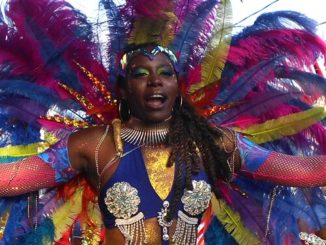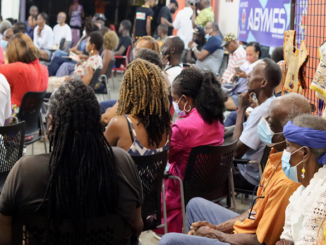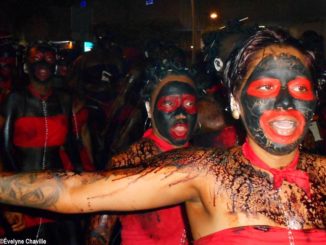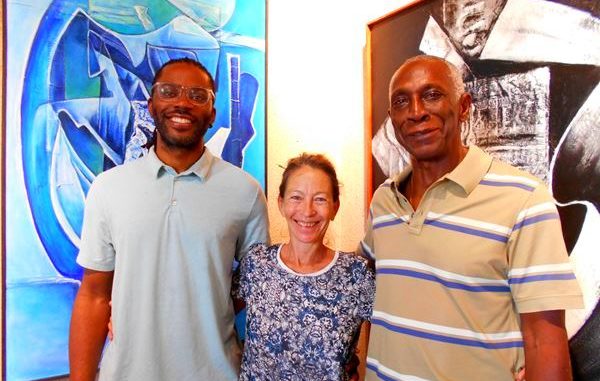
Nathalie Hainaut arrived in the Guadeloupean archipelago 18 years ago, she speaks Creole fluently and has established herself as an art critic and curator. The one who had as “master” novelist, poet and art critic Michel Butor (1926-2016), today knows almost all the painters and visual artists in the archipelago and even some from the Caribbean. Having celebrated her 58th birthday this week, this Belgian who became French in 1989 lived until the age of 17 in several African countries. She presents us – with simple words – an overview of the visual arts in Guadeloupe.
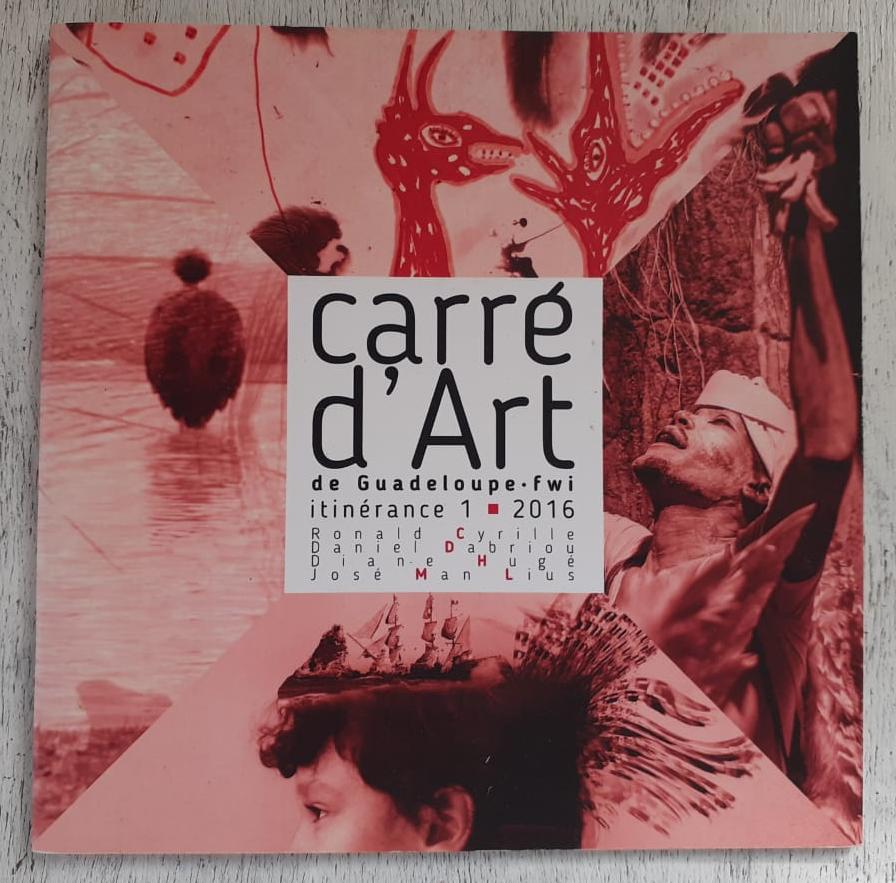
Kariculture.net : You’re of Belgian origin and you’ve been living in Guadeloupe for years, when exactly did you arrive in the archipelago? What brought you to the Caribbean? Did you go on an adventure?
Nathalie Hainaut : I am of Belgian origin but I became French in 1989, for “practical” reasons, it was the second time I applied for French nationality (…) I am a child of Africa, I lived in Ethiopia, Burundi, Chad, Ivory Coast, my father worked for the International Labour Office. I came to Europe to study at university, I spent only adult years (from 17 to 40 years) in Europe. I came to Guadeloupe in 2001 because I was working on the shooting of the film “1802, l’épopée guadeloupéenne” by Christian Lara. I already had long-time Guadeloupean friends including many theatre people (Luc Saint-Éloy, Jean-Michel Martial…). Three months later, I moved here (late 2002) because I had loved Guadeloupe so much and mainly because I couldn’t stand France any more because of the rise of racism.
I didn’t go on an adventure, I loved the country and I saw that there was a lot things to do. For example, here there were few exhibition venues but many artists and few publications, so I continued the professional route that was already mine in Europe.
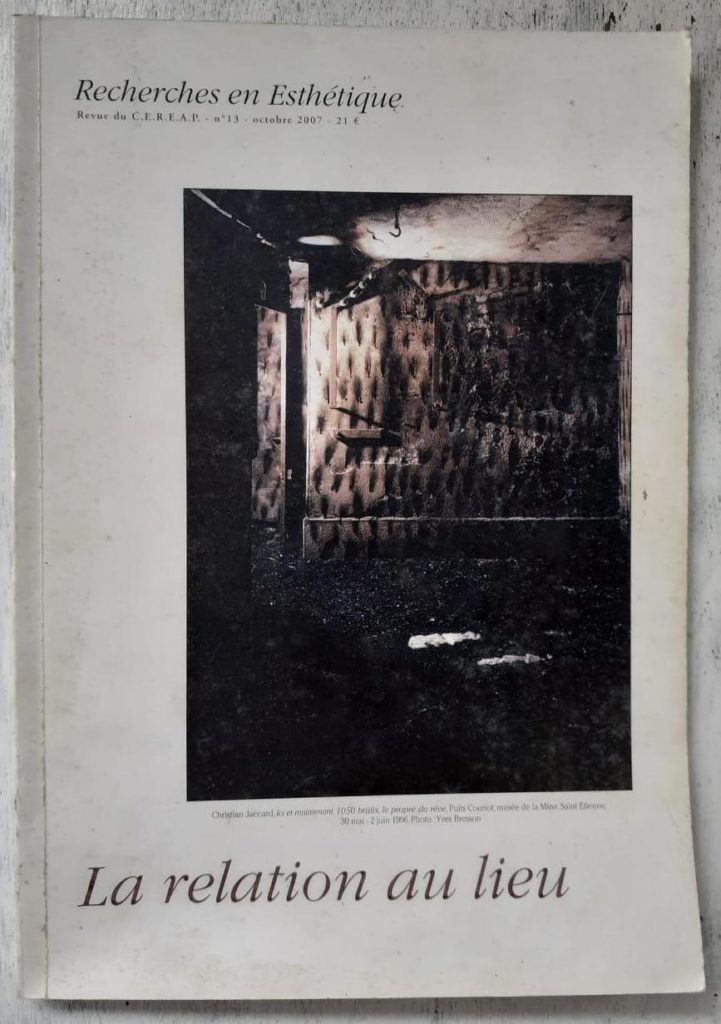
Kariculture.net : What did you do when you arrived here?
N.H.: For the first seven years in the archipelago, I lived in Marie-Galante, in the countryside in Capesterre. I continued to work for the artists (writing texts, proposing exhibitions) and, with my partner, we had set up a newspaper for the island called “Ban diw sa”.
I took a lot of risks in the eyes of some people who asked me what I was going to do in Guadeloupe because there were not as many galleries as there are in France (etc.), but maybe the notion of pioneer, opener of doors, trailblazer of horizons is more interesting than already drawn circuits.
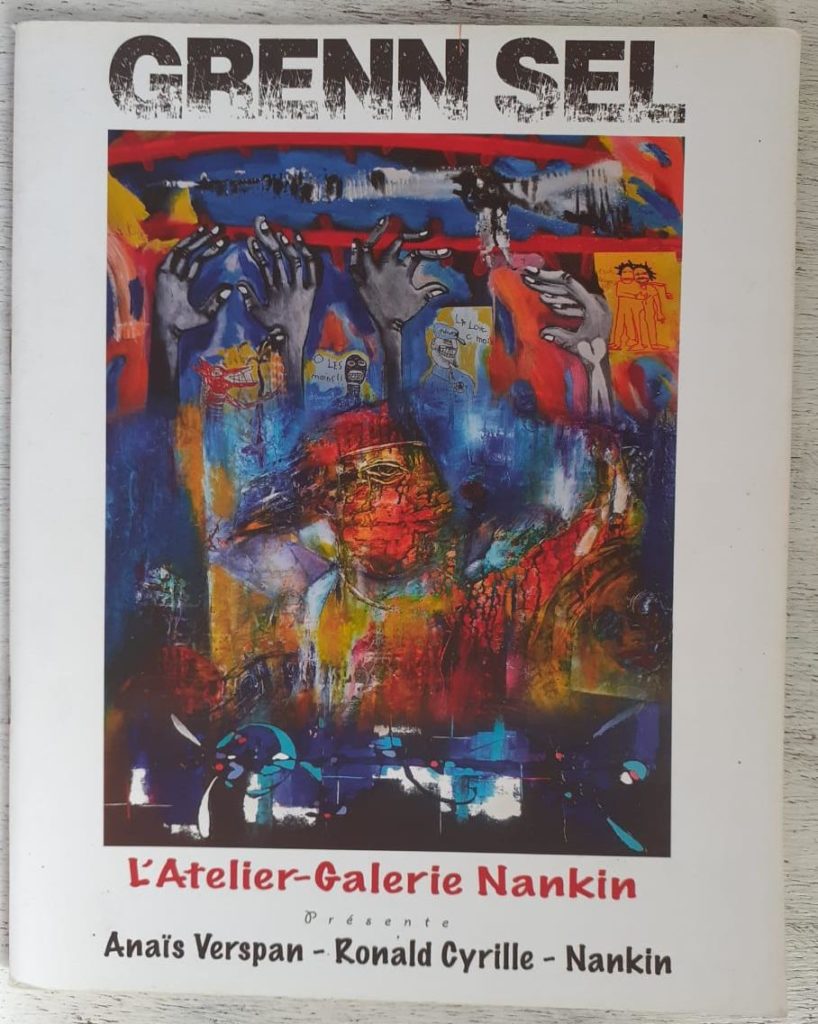
Kariculture.net : You speak Creole perfectly, how did you learn the language? Is it important to know the language of the country to integrate well?
N.H.: I was lucky because I already knew some Guadeloupeans before coming here. I learned Creole by listening to my friend Robert Dieupart’s radio programme, “Pòtré Kraché”, every afternoon at 2:00 pm, it was like a mass. I mainly learned the language by not being afraid to speak with my neighbours (over 75 years old, one of them was 104) in Marie-Galante who did not speak French so I had to speak Creole; it was a lot of laughs when I didn’t pronounce well. With these ladies, I also learned a lot about oral history, expressions, “mès et labitid”*, plants because I had my garden, they had theirs and we exchanged a lot of tips…
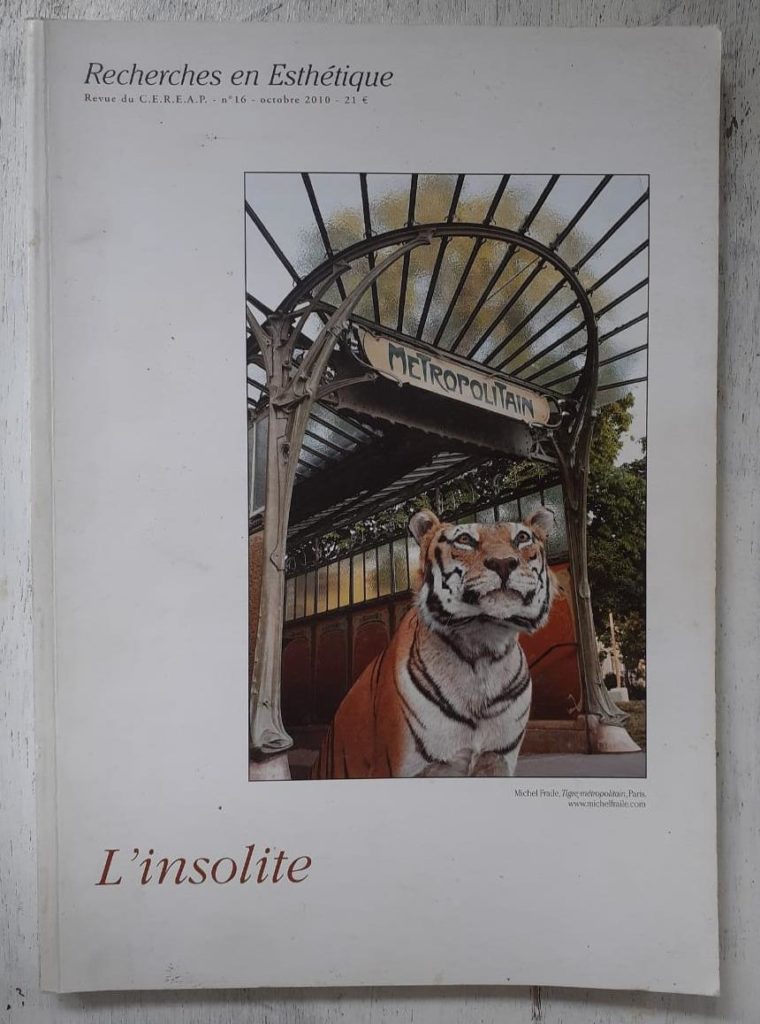
Kariculture.net : You are an art critic – and curator – how does one become an art critic?
N.H. : Good question. It’s not really recognized as a profession, we will say it’s a title, a function or a skill. In general, it’s a kind of “knighting” : an older art critic looks after you and, one day, your “master” invites you to write in a catalogue of which he is either the principal curator or the co-curator, so it’s a kind of ceremony, but it’s not. Regarding the curator, your “master” invites you for the first time as a co-critic : he writes the main text and you also propose a text, so another look, another vision.
The first person who invited me to write and suggested I continue when I showed him my work was my professor of literature and thesis advisor at the University of Geneva, Michel Butor, (writer and very great art critic).
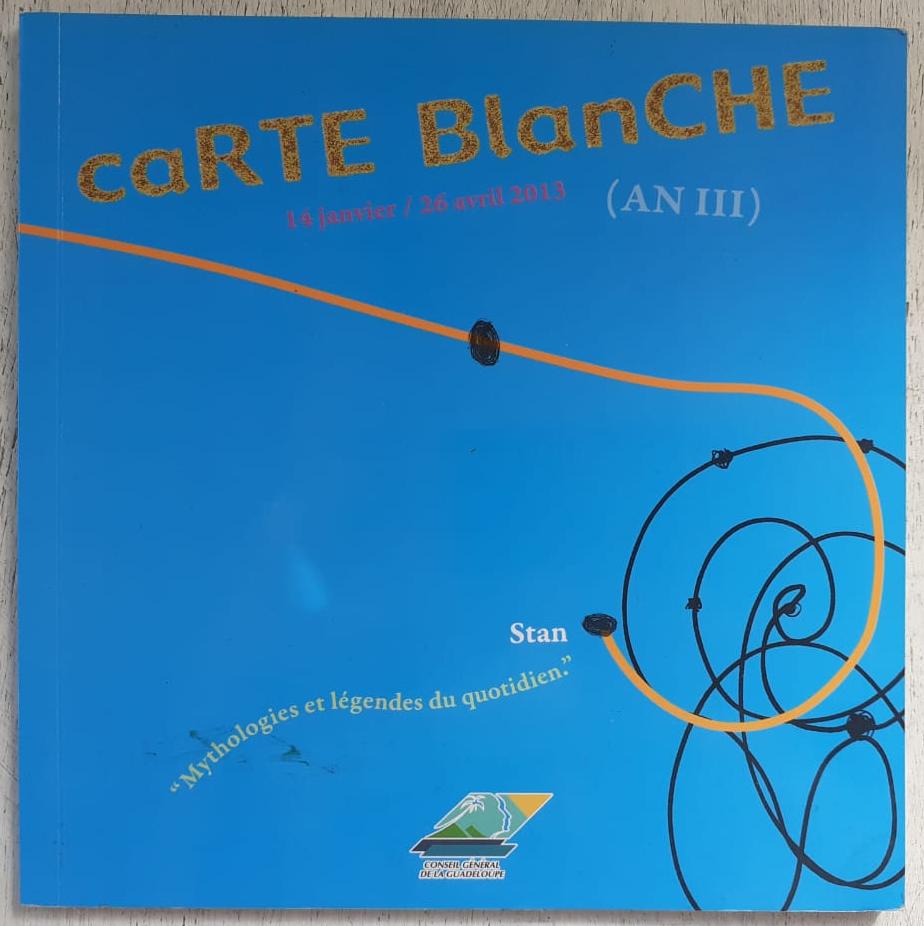
Kariculture.net : Do you need a “cultural background” to be an art critic? What are the knowledge and qualities necessary to be an art critic?
N.H. : People who practice this “profession” studied literature, art, aesthetics, philosophy, humanities, because everything that is artistic is the production of man…. I have a master’s degree in literature with philosophy and art history as options.

Kariculture.net : You already had a career when you arrived in Guadeloupe, what are the main positions you had held before?
N.H. : I started working in art during my university studies in the Royal Fine Arts gallery in Geneva (Switzerland) with Michel Reymondin who wrote several books on art. In France, I was in charge of the Artothèque at the Musée d’Art et d’Histoire in Auxerre, Burgundy, and I was assistant, curator and art critic at the Centre d’Art de Tanlay where we made the first retrospective of Hervé Télémaque in 1999, he had already been painting for 40 years. I also taught at the École nationale supérieure de photographie in Arles. My career as an art critic really started in 1995.
In Guadeloupe, I gave courses in art history, general culture and semiology for almost 5 years to students of the “art et design preparatory class” of the Centre des Métiers d’Art in Pointe-à-Pitre. I also do university research so I publish in journals that are linked to university laboratories such as the Centre d’études et de recherches en esthétique et arts plastiques (CÉRÉAP) which is attached to La Sorbonne.
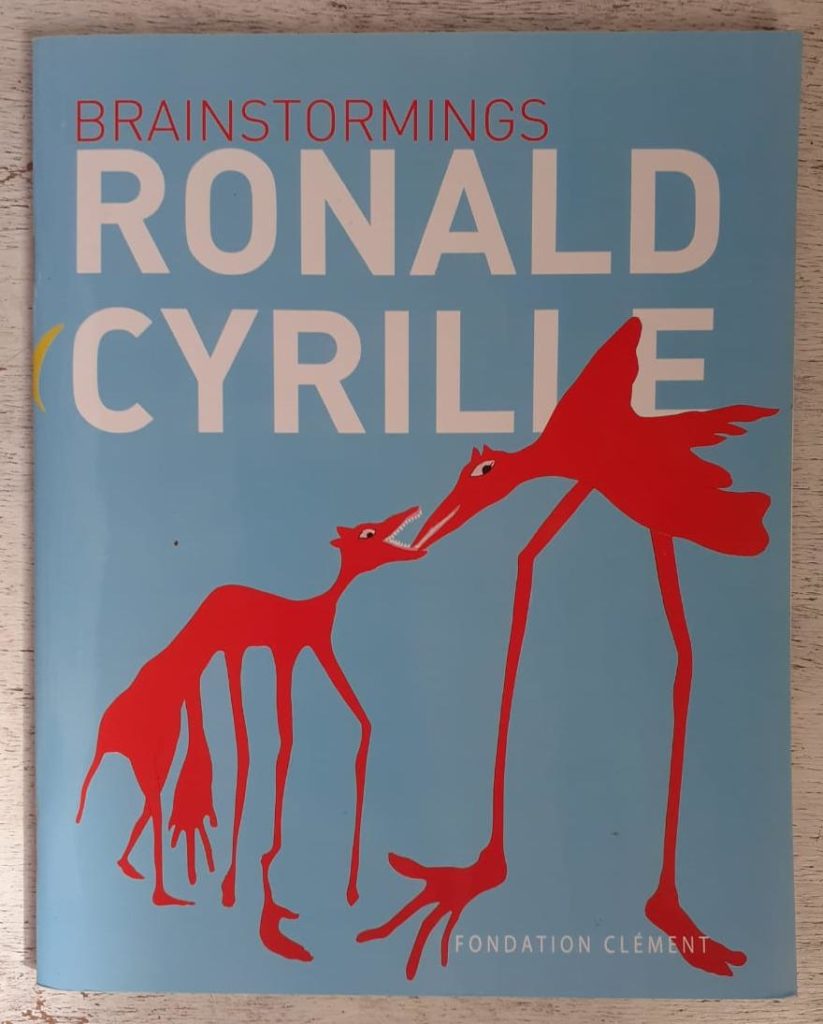
Kariculture.net : You know almost all the painters or visual artists in Guadeloupe, what evolution(s) did you see in painting over the last twenty years? What do you think about the increase in the number of exhibitions organized by all these Guadeloupean artists or artists from elsewhere living in Guadeloupe?
N.H. : It’s true, I know almost all the painters, from Michel Rovélas to those under 30 years old. Now, I’m mostly following the younger generation, emerging artists. For fifteen years, I’ve been scouring exhibitions and vernissages to make sure I know the whole field. There are changes. There was already an artistic scene when I arrived but it was very discreet, not very visible. I also thought there was little porosity between the different generations because each one stayed on its own territory, it began to open up around 2009 with the social events of that year but it did not last long…
About the large number of exhibitions, this is a good thing. We are in a free country and every creator has the right to show his creation. There are a lot of artists : those who studied in art schools, self-taught artists, those who also have a literary, critical and aesthetic production, which is interesting. But there are also those who left Guadeloupe for brighter horizons because the territory is small and there is a great lack of exhibition venues worthy of the name and a real cultural policy for visual arts.
There are more and more solo and group exhibitions, but we must not fool ourselves : not all exhibitions are quality and you need to be careful to say so without being insulted?
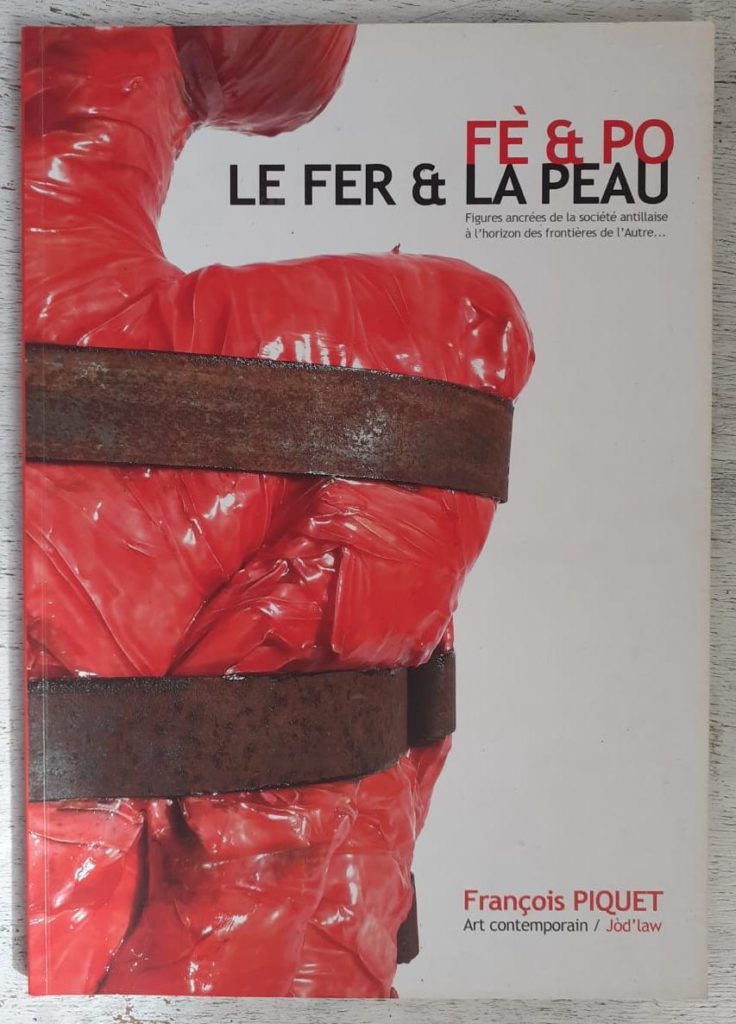
Kariculture.net : As an art critic, what’s your basis for saying an artist’s exhibition is not good?
N.H. : It’s a whole package. It’s already the low standards in the work that often go hand in hand with a hanging that does not highlight the paintings. Just because it’s pretty doesn’t mean it’s good, it can be appreciated because it’s colourful, but it’s more about “decoration” than a real work of artistic creation, a reflection on the material, the colour, it’s well done, but “it doesn’t break three legs to a duck”. And the artist doesn’t really have a purpose, an approach (…) In general, artists who don’t speak much produce very good works because there is mature reflection, a transcendence in their mind of what they can’t say and they put it in their art.

Kariculture.net : You also worked with other Caribbean painters and visual artists, especially in 2017 for the collective exhibition entitled “Waitikubuli Dreams and Visions” by the Dominican artists in Guadeloupe…
N.H. : I work on the Caribbean basin (Guadeloupe, Martinique, Dominica, Haiti). I collaborated with the Fondation Clément (conference on Télémaque), I went to Carifesta in Barbados with the exhibition “Carré d’Art de Guadeloupe”, in Jamaica. For me, the Caribbean is really the 6th continent especially in terms of creativity and visual arts with all the mixes, the histories, there is an exciting pool of cultures and syncretism.
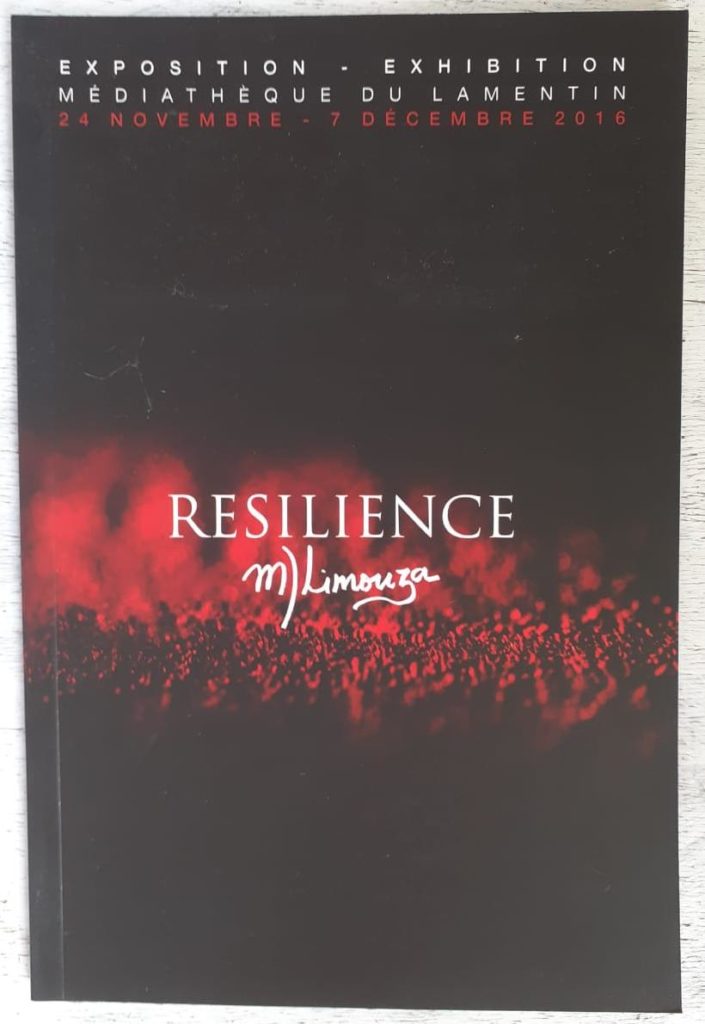
Kariculture.net: There was the Koukara movement, launched by artists such as Lucien Léogane and Klodi Cancelier. These artists valued the contribution of local materials in the works, they participated in many fairs, exhibitions in the Caribbean and elsewhere, what do you think about this kind of initiative?
N.H. : That was very good. The Caribbean artists of this generation had fewer means but they met often, they were involved in independence movements, in left-wing politics, they went to Cuba, Puerto Rico for example, there were more exchanges, very deep friendships were formed between them. At the time, I was not in Guadeloupe. Today, the younger generation meets on Facebook and it’s not the same. There was an attempt to get together in 2009 with “Awtist Katchimen” but a few months later, the artists were torn apart…
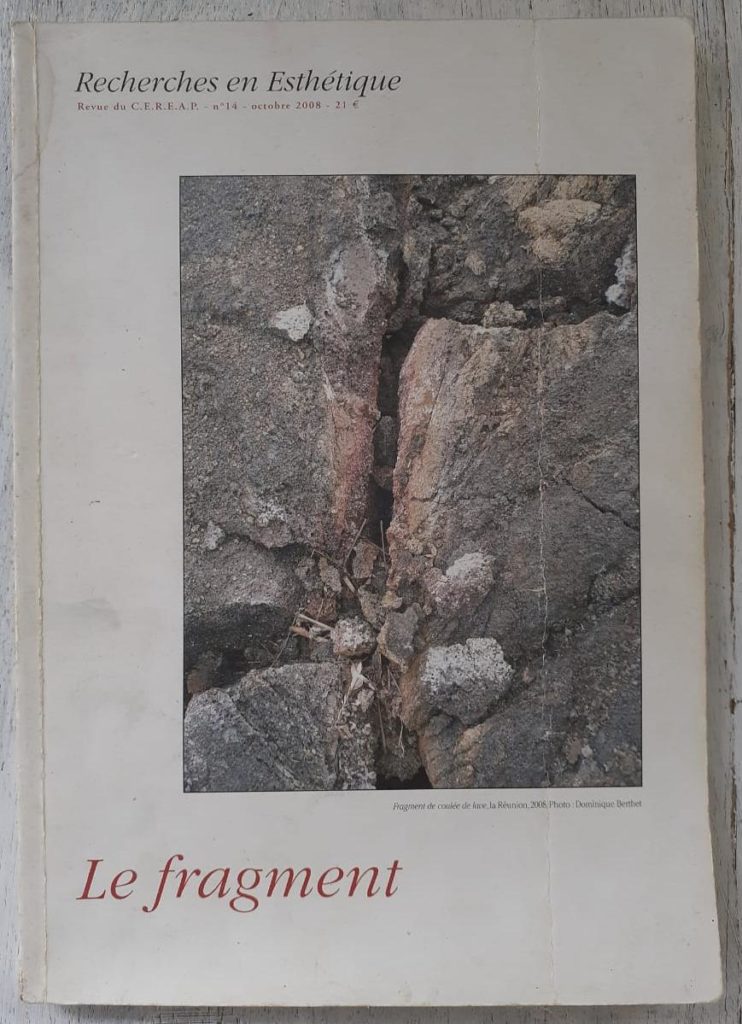
Kariculture.net : Is there a Guadeloupean painting?
N.H. : In my opinion no, but there are recurring themes that are linked to history (Amerindian heritage, slave trade, colonialism etc.). The first expression of a Guadeloupean painting or palette I would attribute it to Michel Rovélas who exhibited for the first time in 1962. He often says to me : “don’t say that everywhere, there were only ten people and they were friends”, and I reply: “yes, but it was a beginning”.
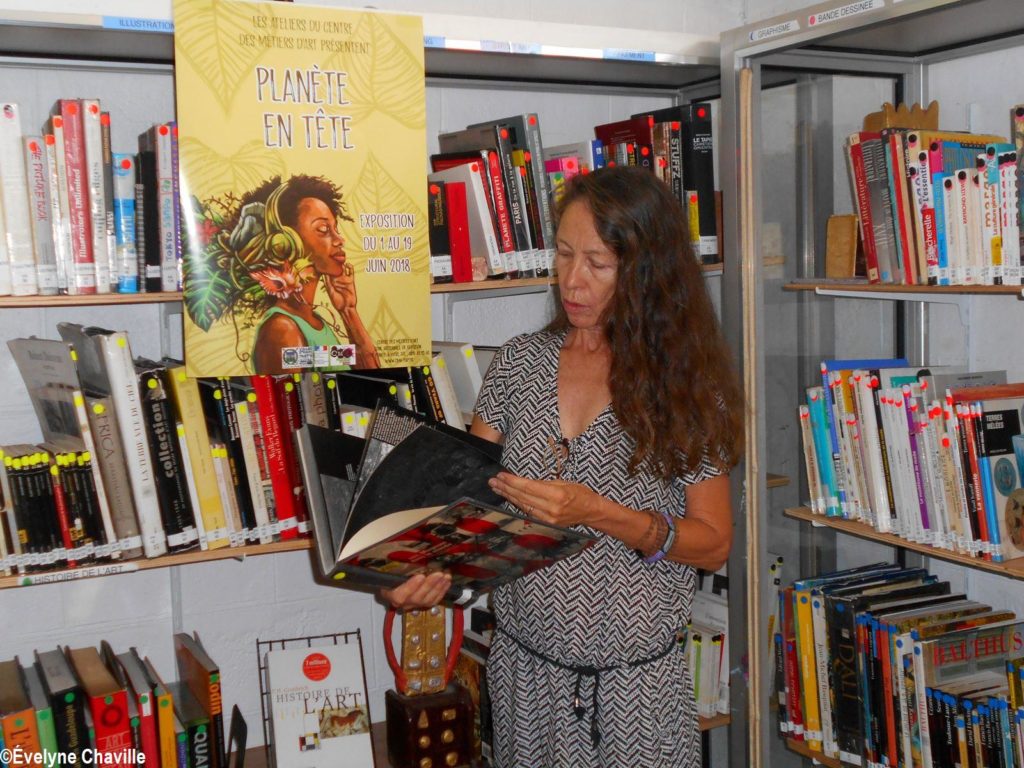
Kariculture.net : Should we let each artist express himself or herself in his or her own way without imposing on him or her a pattern of thinking?
N.H. : I’m all right with that. I totally agree that we need to recognize styles, recurrence of themes. I would say that contemporary Guadeloupean or Caribbean art means nothing, artistic expression is universal. People must be allowed to express themselves as they want and it is more through the subjects they deal with or the proposals they can make that we can then “put them back in their family of origin”. Living is an art but being an artist is not a nationality or belonging to a continent. An artist is a creator, and this is not an innocent word, the only other “person” with the name of “creator” is the “Big Man”, it is therefore a great privilege…
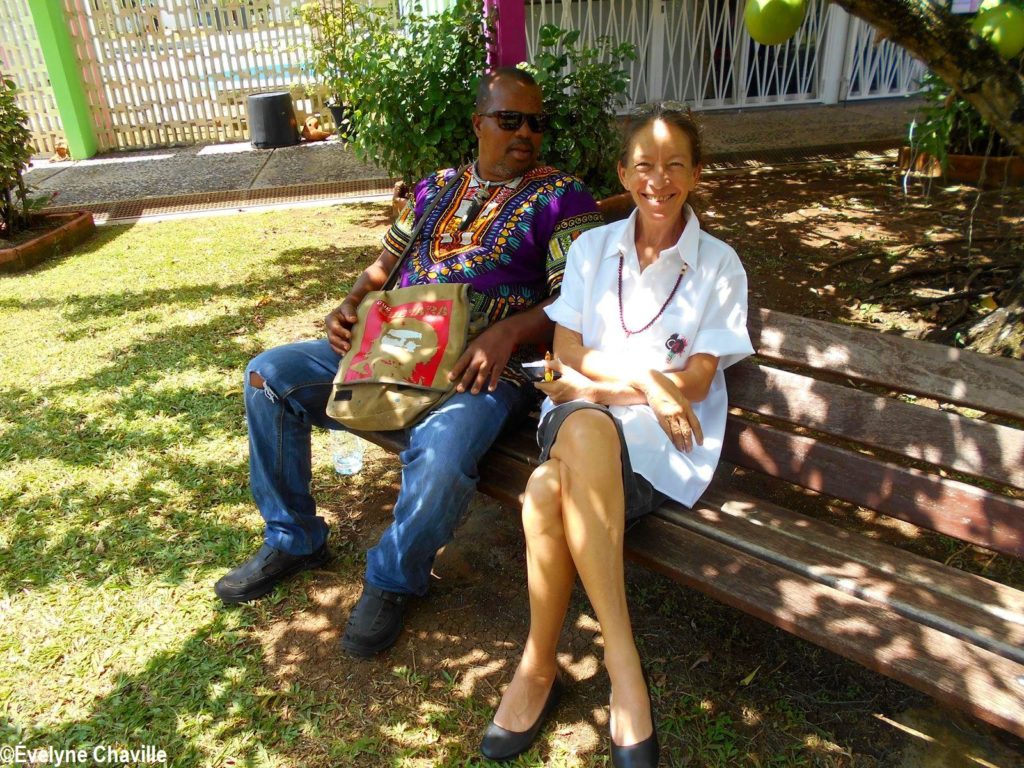
Kariculture.net : According to you, painters or visual artists in Guadeloupe have nothing to envy to the others, they are “exportable” and they can participate in major events taking place in the Caribbean, France or other European countries or elsewhere?
N.H. : I would add the photographers. Artists from Guadeloupe are everywhere (Japan, South Africa etc.). Last year, the Pavillon des Îles de Guadeloupe was at the Venice Biennale in Italy with 3 artists (Joël Nankin, Jean-Marc Hunt and François Piquet). The internet has an advantage: it makes them visible; and when they are invited by people who are not in our circle, it means that the way is open ; when they are chosen by people who are not in our circuit, that’s how international recognition begins…
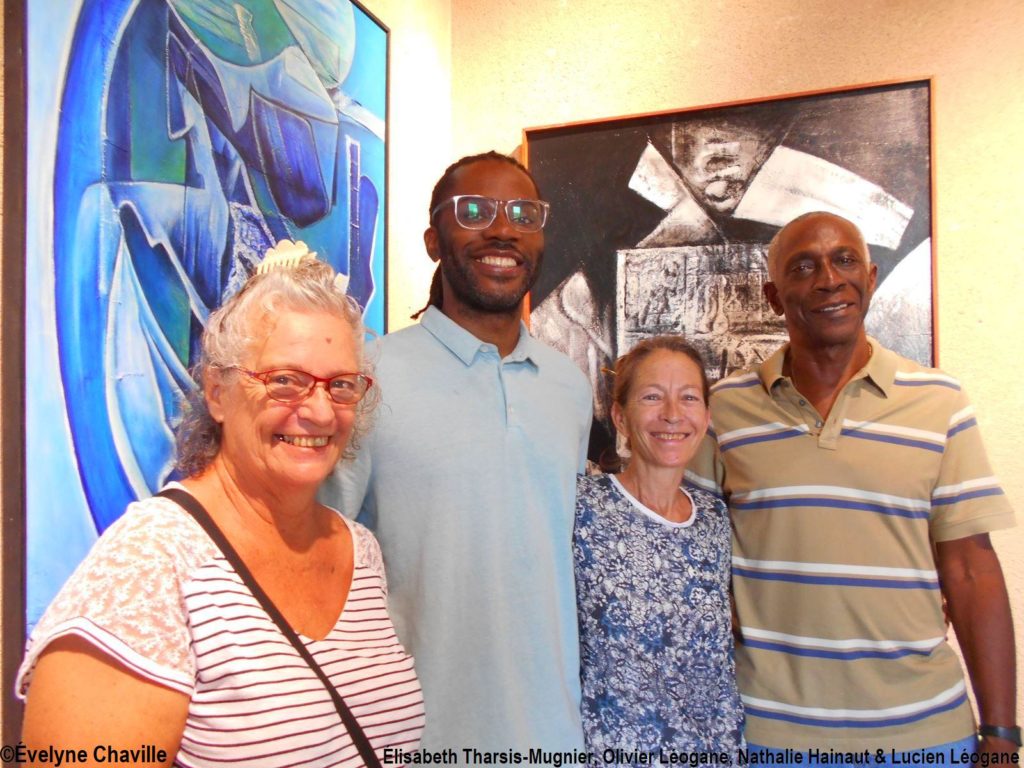
Kariculture.net : You have heard about Indigo, which brought together artists from Guadeloupe and the Caribbean in the 1990’s, today there is the Pool Art Fair, what do you think about these big artistic events in our archipelago?
N.H. : I can’t compare them. Indigo was a real artistic, spiritual and political movement, Pool Art Fair is business. The art world changed over the last ten years and, for some things, not in a good way (…). However, we need this large gathering, we need everything but with high professionalism and we must not mix amateur artists with professional artists.
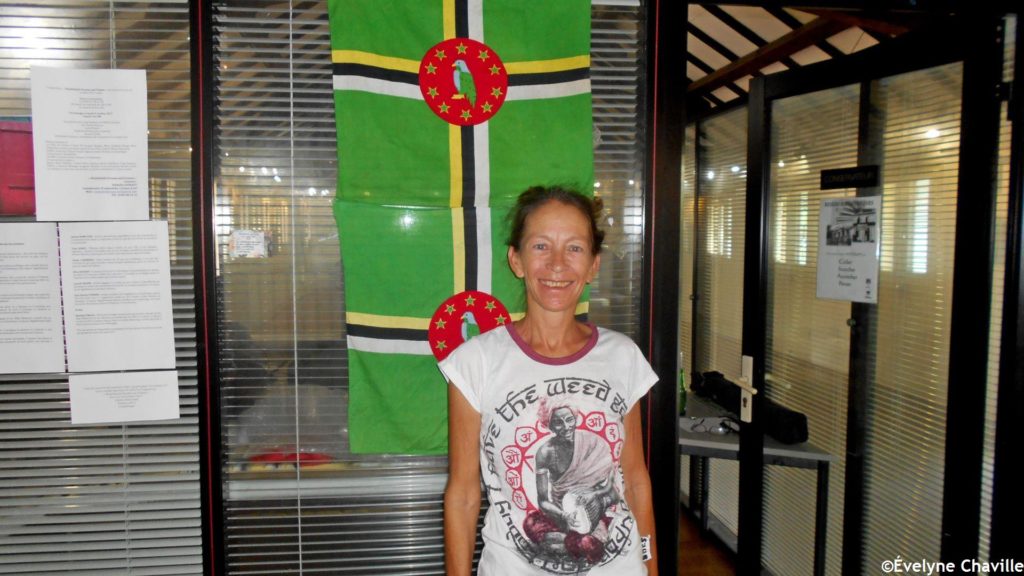
Kariculture.net : You recently worked for the Departmental Council of Guadeloupe, what was your mission?
N.H. : I was for 9 months – from July 2018 to April 2019 – in charge of the contemporary art fund at the Habitation Beausoleil. We hosted six exhibitions and several thousand visitors. The fund has many works, but only about a hundred were listed, categorized, studied and evaluated. I worked on the art fund before it physically exists since I had participated in the creation of the current location, I had already made its two catalogues and I had suggested that photography be included in the collections, now there are about ten photographs.
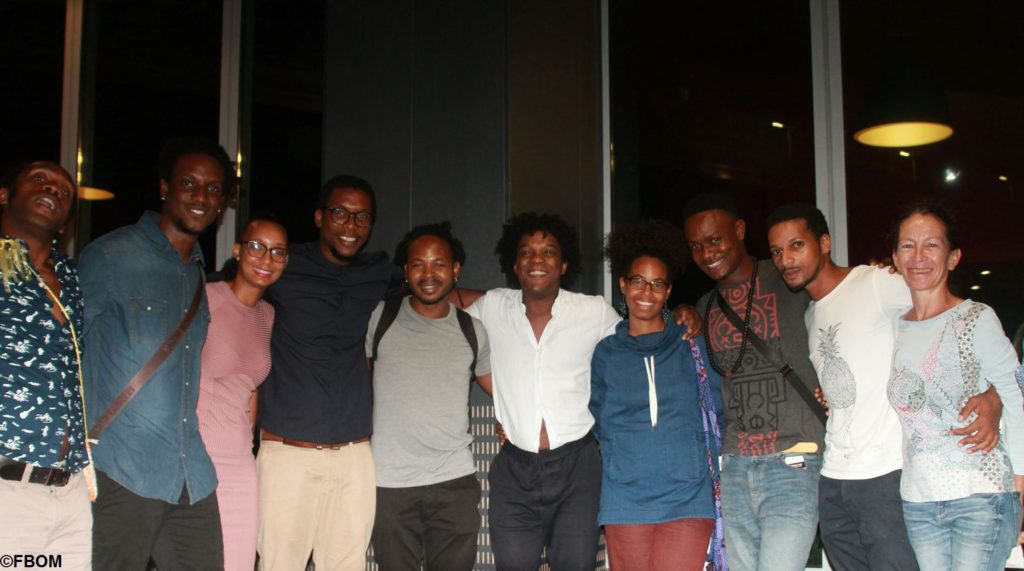
Kariculture.net : How does a local authority (for example, the Departmental Council of Guadeloupe) realize its art collection?
N.H. : It’s a little tricky. There are works that were received in exchange for the renting of a room, others were offered by artists and, since the beginning of this fund, I say (and I’m not the only one) a buying commission with different people – a professor of plastic arts, a representative of civil society etc. – is required but, each time, they buy works among themselves after the petits fours (…)
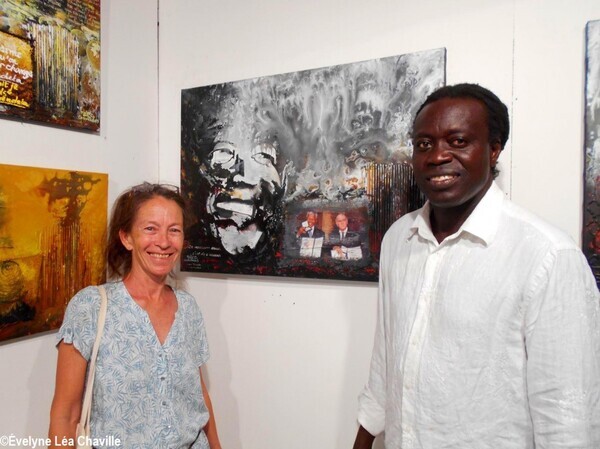
Kariculture.net : Do you think that our local authorities promote our painting?
N.H. : First steps were made by the two major local authorities, more lately by the Regional Council of Guadeloupe. We must not just do “one-shots” or create a “buzz”, we must have a real cultural policy, a teaching, skills, an evaluation of the work done because there are too many associations with people who are not in culture but who use this way for their glory and their personal enrichment (…). We need a long term action by involving everyone and not a clan, artists must be satisfied, it is absolutely necessary to have publications, educational visits, conferences for exhibitions. Because of these behaviours, too many people continue to think art is reserved for an elite, I fight against that, art is for everyone.
*Habits and customs

